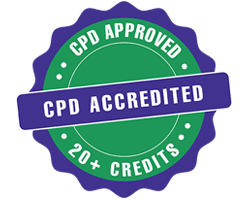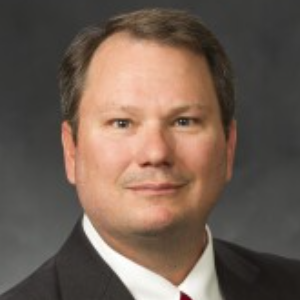Title : Ethnobotany meets mythology: Exploring ethnomedicinal therapies and strategies for treating snake toxins among the maya
Abstract:
This paper explores ethnobotanical medicines used by the various Maya groups to treat snake bites. Based principally on ethnographic data gathered through our fieldwork in Mexico, Guatemala, and Belize, we detail the use of numerous plants and plant-based remedies to treat specific types of snake bites. In addition, examine the roles of local specialists (known as shamans, “bush doctors,” or snake doctors) who are expert in using both plant recipes as well as incantations to heal snake bites. We also look at the chemical and therapeutic qualities of certain plants employed by different Maya groups to find if there are scientific correlations to addressing toxins and resulting symptoms. And finally, we approach snake bite cures from the perspective of Maya mythology since a number of their remedies are not plant related but rather linked to mythological understandings, thereby requiring a separate, often non-physical solution. This paper provides detailed documentation of traditional ethnomedicines and practices from the dying art of traditional Maya healers and argues for multi-faceted diagnostic techniques to determine toxin severity, the presence or absence of sorcery, and the appropriate botanical remedy.
Audience Take Away Notes:
- For an audience interested in ethnomedicine, this will provide a nice case study of specific plants and the medicinal value attributed to them by Maya indigenous groups as well as showing how these remedies often correspond to known therapeutic properties of certain plants.
- This will provide another data set which teachers of ethnomedicine can use in addressing these topics in class.
- This will show how a multidisciplinary approach (archaeology, ethnography, botany, and anthropology) can work together to shed light on emic notions of healing.




